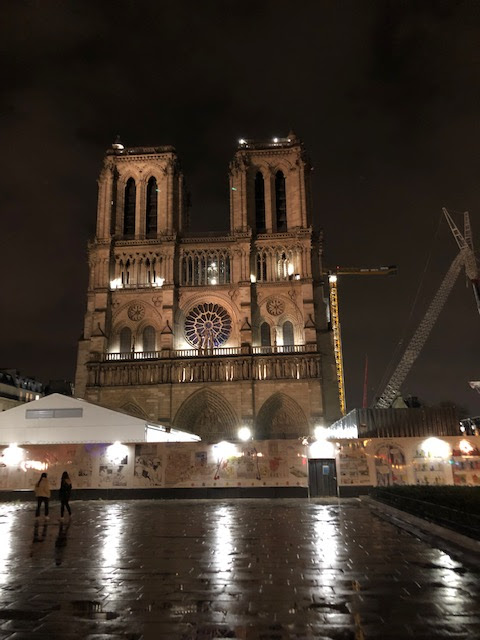A separate bike lane, especially one that runs alongside traffic, is not intrinsically safer for cyclists than a traffic lane on a typical city or suburban street. The biggest flaw in most bike lanes I've seen and ridden is that they're positioned so that it's all but impossible for cyclists, especially inexperienced ones, to turn or cross safely at major intersections. This is particularly true for those lanes that, in effect, turn into the right-turn lane for motor vehicles at such intersections, or for those streets that have right-turn-only lanes that cross the bike lane. Things are even worse for a cyclist making a left turn at such an intersection, as he or she must cross several lanes of traffic coming from different directions. This particular hazard is exacerbated when traffic flows off a highway into the intersection.
There are also other hazards, such as pedestrians who use the bike lanes as sidewalks or who wander onto them while they're texting or talking on their phones. Two of the worst lanes I've experienced for that are the portion of Manhattan's First Avenue lane below (south of) 14th Street and Brooklyn's Kent Avenue lane (the one that skirts the Williamsburg waterfront). Both lanes are lined with stores, restaurants, clubs and bars. The clubs and bars pose particular hazards, especially during evenings and weekends, with patrons staggering out to the lanes. But even shoppers and restaurant-goers too often aren't paying attention to their surroundings as they walk, and sometimes talk, with others. And, of course, the drinkers, shoppers and restaurant-goers often leave debris in the lane.
Not to mention the drivers who steer their vans and trucks into the lanes to make deliveries at those establishments--or the driver who pulls in mistakenly, to make a turn or, on rare occasion, out of sheer malice. And, yes, police officers who their cruisers in the lanes while they're having coffee.
But even worse than the hazards I've mentioned or lanes that are poorly-designed (or -constructed or -maintained) are those that are built in ignorance or defiance of regulations governing them. One such lane is found in Melbourne, Australia:
Apparently, according to Austroad's guidelines (see p. 30, Figure 4.27) a bike lane should be 1.2 to 1.5 meters wide and be separated from the parking lane by a strip 0.4 to 1.0 meters wide. The bike lane in the video clearly does not follow that principle.
A few years ago, I was "doored" in a similar lane not far from my apartment in Queens. The marked bike lane was not in any way separated from the parking lane to the right of it. Fortunately for me, I did not take a full facial hit; I took a glancing blow that left me looking like I was pregnant on one side for a couple of weeks.
Now, from what I understand, Austroad's guidelines are not law or in-any-other-way-binding policy, so perhaps the designer of the lane in the video was (in addition to a non-cyclist, most likely) possibly ignorant of them.
Similarly, the Department of Transportation here in New York City has guidelines for bike lanes (pp.55-59) but they are essentially unenforceable. To be fair, those guidelines include some of the flaws I have pointed out in this and other posts. However, the guidelines call for physical barriers between two-way bike lanes and arterial streets, in addition to clear markings between one-way bike lanes and narrower streets. I have ridden on bike lanes that fail to meet those criteria. And, worse, those lanes include some of the other design flaws I've mentioned, particularly when it comes to turns and merges--or, worst of all, bike lanes that suddenly disappear.
The thing that rankles me most, though, is that even such dry technical documents as the ones issued by the Department of Transportation continue to blithely tout the "benefits" of bike lanes for cyclists as well as motorists. A poorly-designed or -constructed bike lane helps no one and, if anything, only fuels anger and resentments between motorists and cyclists.




















